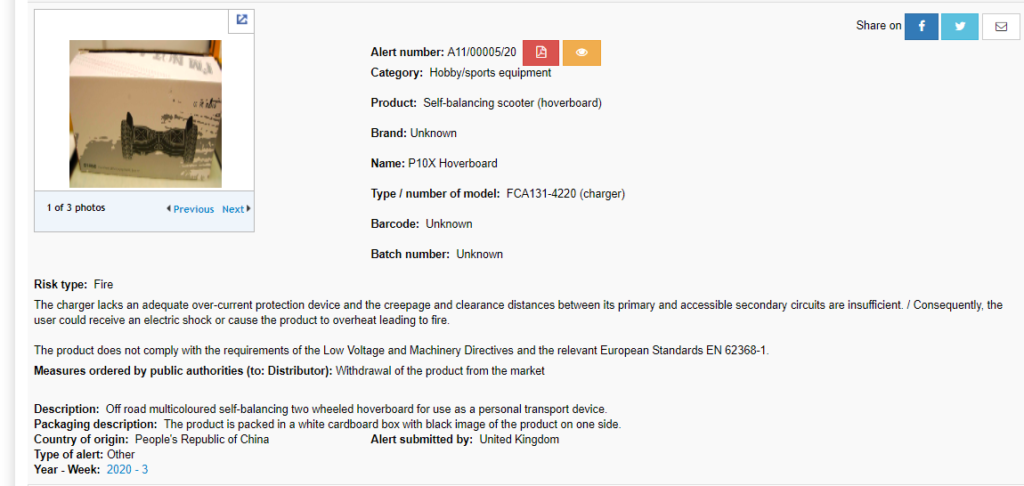The question in the title of this blog article is frequently asked by our customers.
Let’s break it down.
See the LVD 2014/35/EU, Article 1, para 2:

The Low Voltage Directive 2014/35/EU applies to products with a power input of 50 to 1,000 VAC and to products with a power input of 75 to 1,500 VDC. So, a product with a port for a mini-USB or a USB cable runs or charges from a 5 VDC input. It is excluded, right?
Maybe. Maybe not.
There are some distinctions. Technically, if you supply your small toothpick dispenser (my favorite widget example) to the EU…
- and it only has a port for USB and that port is labeled “5 VDC”…
- and your manual says that it requires 5 VDC…
- and there is no mention of any connection to AC mains power (plugging into the wall) then your product is excluded from the Low Voltage Directive 2014/35/EU.
The EU authorities can and will look at your marketing literature, the packaging, the manual, and your website. They can say that your product is AC mains powered (in the EU that would be 220-230 VAC) if they see anything that shows your product plugged into the wall.
Let’s face it: a USB port on your product means that someone will likely take that product and connect a USB cable to it and then to a USB wall charger. Like the kind that come with every iPhone. In that case it is AC mains powered.
Here are some rules of thumb:
- Supplying a charger or AC/DC power supply with your product makes it instantly in the scope of the Low Voltage Directive.
- Specifying a connection to an AC/DC power supply for use with your product makes it instantly in the scope of the Low Voltage Directive.
- A marketing picture showing this product connected to a wall charger makes it instantly in the scope of the Low Voltage Directive.
I often refer to the EU’s RAPEX weekly reports in this blog because it is a very useful tool to understand why products are stopped in customs and / or pulled from shelves. Below are some examples that illustrate the above. Clicking the pictures takes you to the individual alerts with more detail.
Below is a hover-board. Clearly not intended to operate while plugged in and charging.

.
Next up is a rechargeable electric razor.

Below is a rechargeable LED light for use while camping.

And below is a final example. Keep in mind that I searched “electric shock” as the risk on the RAPEX page and only for 2020 and 2019. There were more than 30 pages (with multiple entries per page) and I only went through the first few pages.
This final example is a solar powered light.

Notice that this light is supplied with a USB port and the authorities indicate non-compliance with the Low Voltage Directive and the following in the alert: A black and white rechargeable, portable table / wall LED lamp with a USB port, which can be operated directly from the mains, batteries or by the built-in solar module. The product is supplied with a charger and packed in a cardboard box.
The sales and engineering staff at F2 Labs study these issues every day. Call us. We can help you take an educated compliance path for your product.
We can be contacted via this link. We can be reached by phone at 877-405-1580
and are here to help you.
F2 Labs is here to help.
